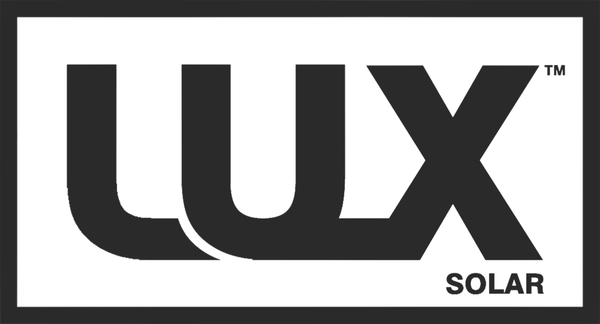
Shunts and Battery Monitoring 101
The Electronics of a Shunt:
A shunt is an electrical device used to measure current in a circuit. It works by creating a low-resistance path that allows current to flow through it, while simultaneously generating a small voltage drop proportional to the current. This voltage drop is then measured to determine the current flowing through the circuit.
Shunts in Solar Energy Circuits:
In the context of solar energy systems, shunts are often used to monitor the performance of your system. They typically measure the current in and out of a battery bank. This data helps ensure your system is operating efficiently and allows you to track energy usage and production.
Shunts are typically made of highly conductive materials like copper or brass and are designed to handle high currents without overheating or losing accuracy. They are a key component in maintaining the reliability and safety of your solar setup.
Why are Shunts, and Battery Monitoring, Important in Off-Grid Solar?
- Precise Monitoring: Shunts provide accurate measurements of current, helping you understand how much energy your system is generating and consuming.
- Enhanced Automation: Many modern solar systems integrate shunts with smart monitoring tools, giving you real-time data through apps or software.
Top 3 Shunts for the Victron Energy Ecosystem
Victron Energy offers a range of high-quality shunts that integrate seamlessly with their ecosystem.
1. Victron SmartShunt
The Victron SmartShunt is a highly popular choice for those looking for a battery monitoring solution. It’s a "smart" shunt, meaning it connects directly to your smartphone or tablet via Bluetooth, eliminating the need for a separate display.
Key Features:
- Bluetooth-enabled for wireless monitoring via the VictronConnect app.
- Measures battery voltage, current, state of charge (SOC), and time-to-go.
- Compact and simple to install.
- Compatible with Victron’s GX devices for advanced system integration.
Cons:
- No Built-In Display: If you prefer a physical display, you’ll need to pair it with a GX device or rely solely on the app.
- Limited Range: Bluetooth range may be a limitation in larger setups.
2. BMV-712 Smart Battery Monitor (with Built-In Shunt)
The BMV-712 is a step up from the SmartShunt, offering the same Bluetooth connectivity but with the addition of a physical display. This makes it ideal for users who want both wireless and on-site monitoring options.
Key Features:
- Built-in shunt (500A) for precise current measurement.
- Bluetooth-enabled for use with the VictronConnect app.
- High-resolution physical display for real-time data.
- Tracks battery voltage, current, SOC, and historical data.
- Custom Alarms: Set up alarms for low battery or high current situations.
Cons:
- Slightly Larger Footprint: The display adds to the overall size of the system.
- Higher Cost: More expensive than the SmartShunt due to the built-in display.
3. Lynx Shunt VE.Can
The Lynx Shunt VE.Can is designed for advanced solar systems with higher power demands. It’s part of Victron’s modular Lynx distribution system, making it ideal for larger setups with multiple batteries or loads.
Key Features:
- Measures current, voltage, and SOC for large battery banks.
- Includes a built-in fuse for added safety.
- Connects to Victron GX devices via VE.Can for advanced monitoring and control.
- Modular design integrates seamlessly with the Lynx Power In and Lynx Distributor.
Cons:
- No Bluetooth: Requires a GX device for monitoring, so it’s not as straightforward as the SmartShunt or BMV-712.
- Higher Price Point: Best suited for advanced users or larger systems, which may not justify the cost for smaller setups.
Which Shunt Should You Choose?
- For Simplicity and Wireless Monitoring: The Victron SmartShunt is a great choice for those who prefer a minimalist, app-based solution.
- For Versatility and On-Site Display: The BMV-712 Smart offers the best of both worlds with Bluetooth and a physical display.
- For Advanced, High-Power Systems: The Lynx Shunt VE.Can is the go-to option for large, complex solar setups requiring high current handling and modular integration.
Choose the one that best fits your needs, and enjoy the peace of mind that comes with expert-level monitoring.
